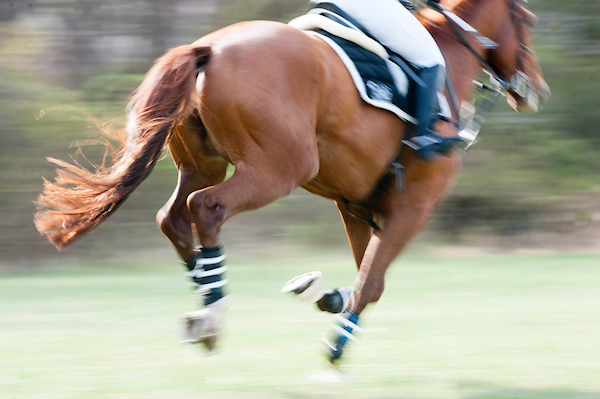Home > Horse Care > Catch tying up early
Catch tying up early
- January 19, 2024
- ⎯ Editors of EQUUS
“Tying up,” also known as exertional rhabdomyolysis, is the cramping of large muscle masses of the rump, hindquarters and thighs. It can be caused by a number of factors, varying by breed, but the end result is damage to muscle cells that worsens as cramping continues. In severe cases, the kidneys can become overwhelmed by the toxic debris released by dying cells, making tying up potentially fatal.

That’s why it’s important to recognize tying up as early as possible. The following are all signs of tying up. On their own they are suspicious enough to investigate further, and any combination of them is cause for an emergency call to the veterinarian.
- Unwillingness to move, or taking very small short strides stabbing the hind toes into the ground
- Profuse sweating, with less over affected muscles
- A pained, “colicky” look
- Cramping/hardening of hind-quarter muscles.
- Dark brown to reddish tinged urine, which contains the debris of dying cells, is also a classic sign of tying up, but by the time it’s apparent, the condition is advanced.
As you wait for the veterinarian to arrive, keep the horse as still and calm as possible. You cannot walk the horse “out of” the cramping—movement only makes it worse. If it’s cold, cover the horse’s hindquarters with a lightweight cooler or blanket. Make sure he has access to water and allow him to drink. Hydration will help his kidneys flush the toxins. Do not give any medications or painkillers unless specifically directed by your veterinarian.
Don’t miss out! With the free weekly EQUUS newsletter, you’ll get the latest horse health information delivered right to your in basket! If you’re not already receiving the EQUUS newsletter, click here to sign up. It’s *free*!





